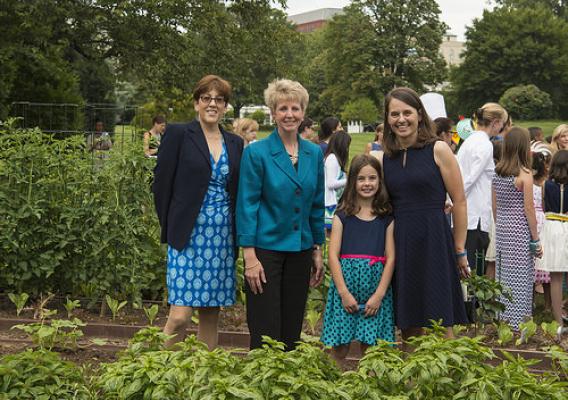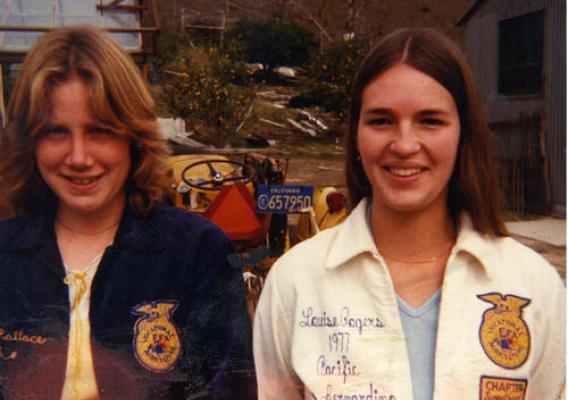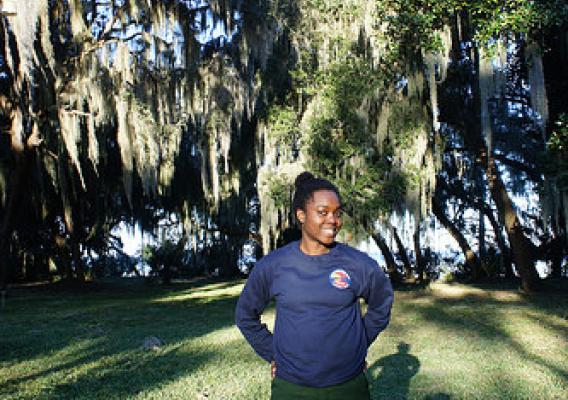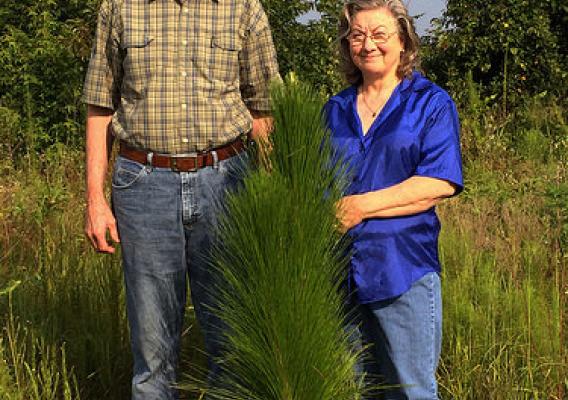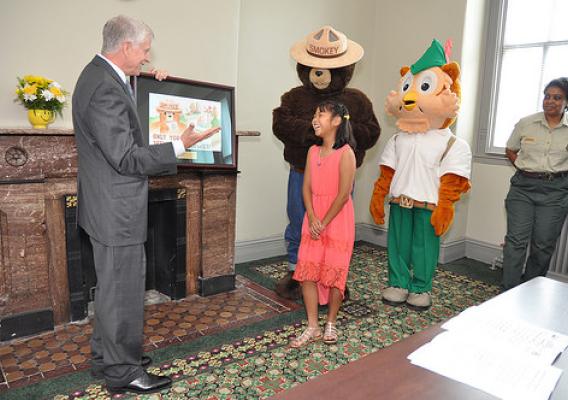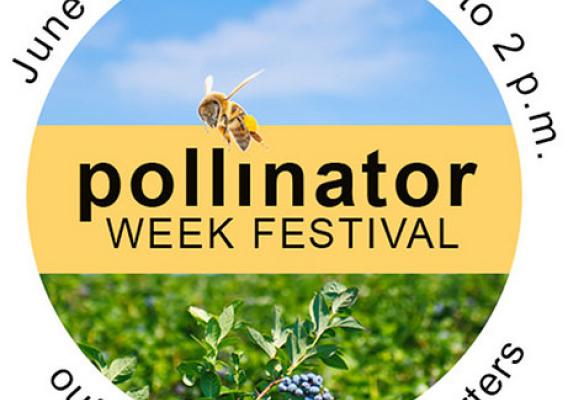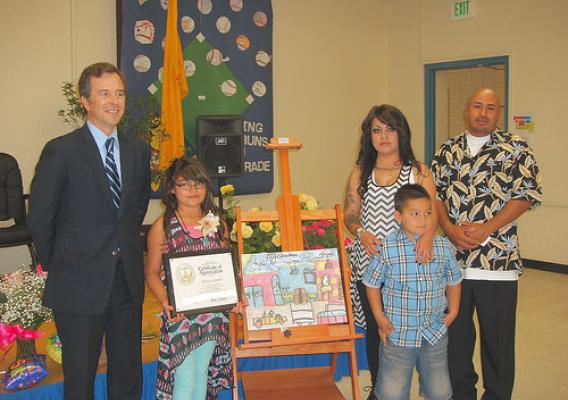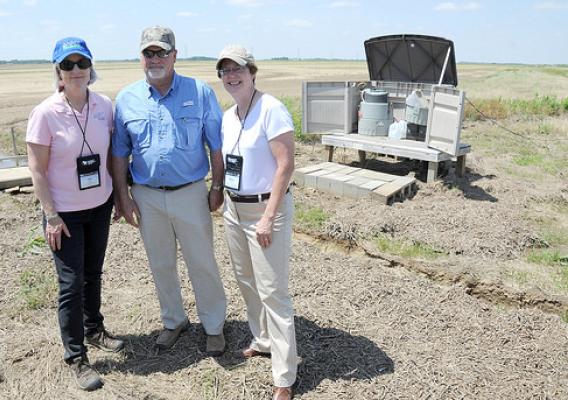Cross-posted from the Huffington Post:
The Healthy, Hunger-Free Kids Act of 2010 enabled the U.S Department of Agriculture to make historic changes to the meals served in our nation's schools. Breakfasts, lunches, and snacks sold during the school day are now more nutritious than ever, with less fat and sodium and more whole-grains, fruits, vegetables, lean protein, and low-fat dairy. For many kids, the meals they get at school may be the only nutritious meals they receive that day -- and when children receive proper nourishment, they are not only healthier, but they also have better school attendance and perform better academically. It's not enough, though, to make the meals healthier -- we must ensure that children have access to those healthier foods.
The Healthy, Hunger-Free Kids Act authorized a program, known as the Community Eligibility Provision (CEP), that can help schools achieve their educational goals by ensuring that children in low-income communities have access to healthy meals at school so they are ready to learn. In this program, schools agree to offer breakfast and lunch for free to all students, and cover any costs that exceed the reimbursements from USDA. Designed to ease the burden of administering a high volume of applications for free and reduced price meals, CEP is a powerful tool to both increase child nutrition and reduce paperwork at the district, school, and household levels, which saves staff time and resources for cash-strapped school districts.

